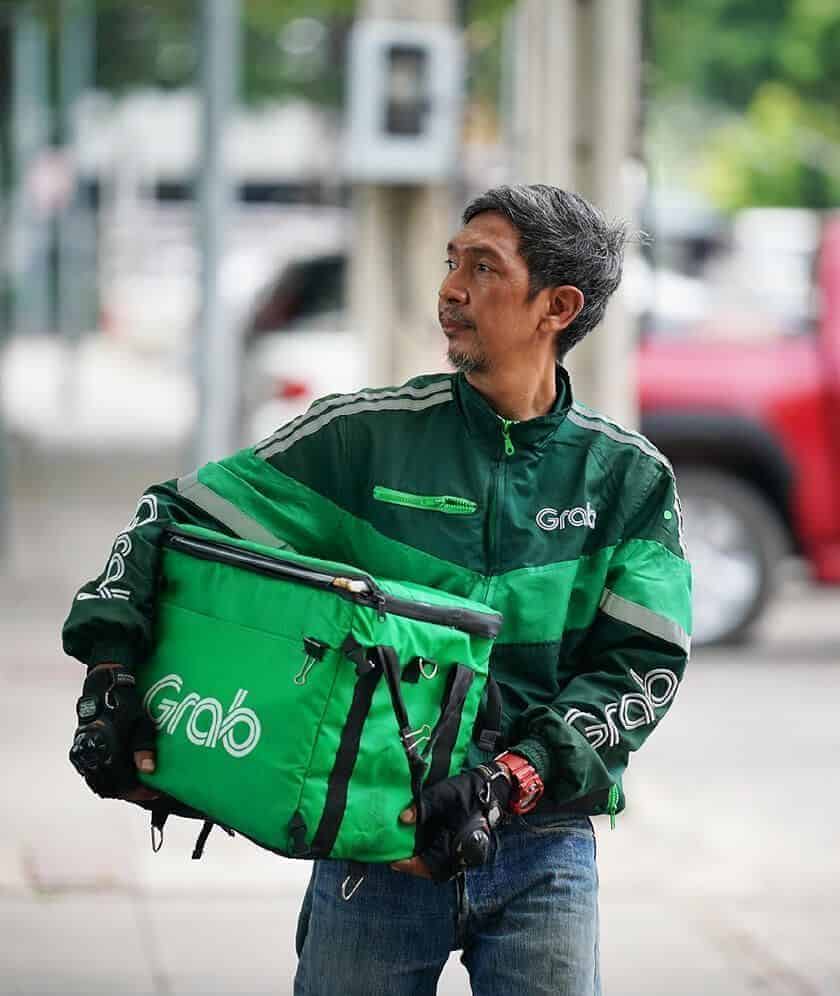
“Quiet quitting”, also called “acting your wage”, is a trending conversation now. It has been a rising issue since the pandemic, but I’ve been reading about it more often.
The problem of employee disengagement has always existed. Before “quiet quitting”, there was also the “Great Resignation”, where companies worldwide saw waves of resignations in the workforce. The difference is that now, people want to talk and share about their challenges at work and feelings of disengagement or burnout.
Feeling and hearing about this disengagement means that leaders and employers must step up. The pandemic was a mental health trigger and has surfaced in honest conversations around employee engagement, as we all started working from home and assumed different roles both at work and home, such as caregiving.
We need to build practices and leverage technology so that teams and companies can remain flexible and empathetic to the changing needs of modern workers.
Staying present at work
In our interconnected world, collaboration results in better productivity and employee engagement. Also, by being present and building a connection with each other, our lives at work can be more meaningful and fun.
In fast-growth companies like Grab, collaboration is absolutely important to drive employee engagement and innovation. Anyone can be a Grab user: consumers, enterprise employees, Grab Partners, and Grabbers. All teams, from engineering to customer success, to enterprise sales, must work together across all regions to create a consistent and seamless experience in Grab products.
At Grab, here’s what we have learnt about collaboration over the growth years and post-pandemic period. We see two components to collaboration today: facilitating flexible work and informal social bonds.
Driving collaboration in hybrid work arrangements
The pandemic has been a key disruptor of working in the office and has resulted in the rise of digital collaboration. Over time, we have become comfortable with digital tools like video conference calls, virtual town halls, and cloud-based file sharing.
I’m hardly surprised that getting employees to return to the office successfully post-pandemic is a challenge, especially if employees want flexible work arrangements.
Let’s face it: wherever we are based, no one likes suffering a stuffy and long commute even if we want to return to the office.
However, not all employees want to work from home either! Some employees say they prefer to return to the office to better access office networks or systems and collaborate with colleagues.
I believe there are two key reasons why meetings in the office build engagement and better collaboration.
Keeping meetings effective and agenda-driven are best practices. However, in a remote work arrangement where meetings are largely held digitally, this could result in reduced moments of connection and candid sharing that we get from face-to-face meetings. Face-to-face interactions help us read non-verbal cues, encourage active participation by being present, and resolve conflict more effectively. Such interactions help build trust in the workplace.
Encouraging collaboration can also result in sharing of hard-to-access institutional knowledge built over years, which is crucial to productivity and company culture. While companies may have playbooks or internal guides for knowledge sharing, some information could be sensitive or personal. Teams and colleagues may prefer to speak in-person to share knowledge, insights, and struggles more vulnerably in a casual chat than in a formal virtual meeting.
Sharing personal struggles can result in better support from the team, and most people may prefer to share this face-to-face. Knowing a colleague’s challenges or vulnerabilities would encourage leaders, managers, or colleagues to support the individual uniquely by covering duties or sharing resources and channels for help.
Overall, flexibility is important. While there are hardcore proponents of either work-from-home or work-from-office, people have divided opinions and prefer a hybrid arrangement. Employees report that they have better mental well-being when workplace arrangements match their preferences.
As leaders, we can encourage flexibility and enable collaboration by removing a blocker for employees: comfortable, flexible, and subsidised transportation options for them to get to the office and home quickly.
Grab for Business can support employees in getting to the office for important face-to-face meetings. While acknowledging employee preferences for flexibility, transport subsidies through GFB pre-set policies ensure last-mile connectivity. For instance, location policies can guide employees to take company-subsidised transportation from certain pick-up points, such as recognised train stops, to the office.
“Grabbing” a bite
Some teams are already built remotely, which opens up access to top talent around the region. These teams will require opportunities to connect virtually and build team culture.
Technology creates a seamless platform for communication and collaboration, whether through coordinating physical meetups or virtual video meetings. Moreover, thanks to cloud computing, teams can now collaborate on work synchronously.
But it need not be all about work: technology can be applied to make employees’ lives more fun and engaging, and help break the ice. There are opportunities to connect online socially and engage in team building activities through technology: from virtual escape rooms, to online kombucha-making sessions.
What about grabbing a bite at work? Meals are the most common form of socialising and bonding. At Grab, we are based in eight different Southeast Asian countries. We understand how hard it is to get a simple meal with colleagues, especially when we are all based in different locations, speak different languages, and have different diets, cuisines and restaurants in our proximity.
A delicious meal together can be arranged using Grab for Business tools, even spontaneously. For instance, the food can be delivered directly to team members, even if they are working remotely. Employees can enjoy good food together wherever they are.
Having a meal with your team no longer has to be arranged at a restaurant or always in-person. You no longer have to dial in to check if a restaurant near your office has a table open. Also, you no longer have to miss a meal with a colleague who is based in a different country.
Meals can build camaraderie and create pockets of gratitude, and that’s priceless for true collaboration.
Creating a culture of care and collaboration
“Return to office” plans include rewarding employees, allowing remote work on some days, and giving employees something to look forward to like perks, according to Entrepreneur. And who doesn’t like perks?
Working in silos can result in companies failing to innovate or engaging in unproductive work through duplication of efforts or failure to collaborate. Moreover, a lack of interaction could lead to mistrust. Unproductive behaviour will drive talent away and increase disengagement.
Leaders can foster collaboration by offering tools and resources that facilitates return-to-office flexibility and social bonds across teams and geographies. One such tool is Grab for Business, which provides convenient solutions for teams to meet up in the office and grab a bite together remotely. I believe best practices such as these will create a strong culture of care and collaboration for employees.

